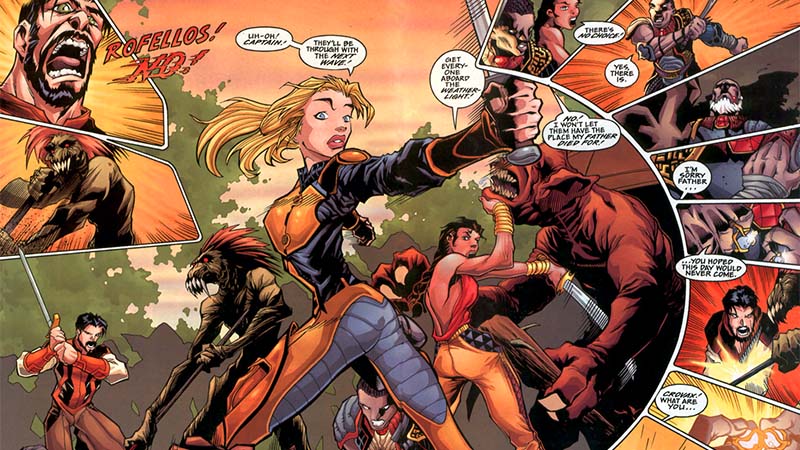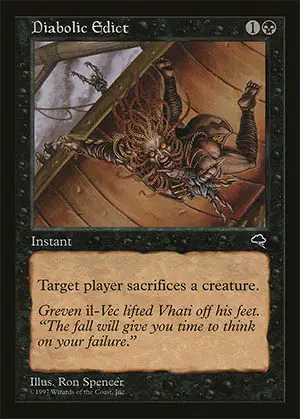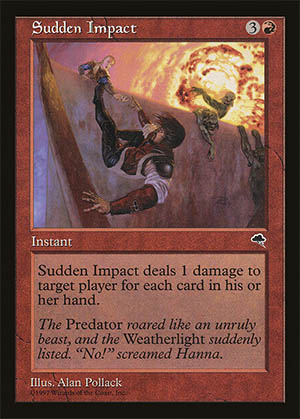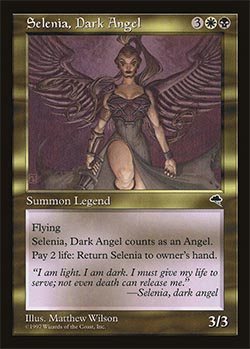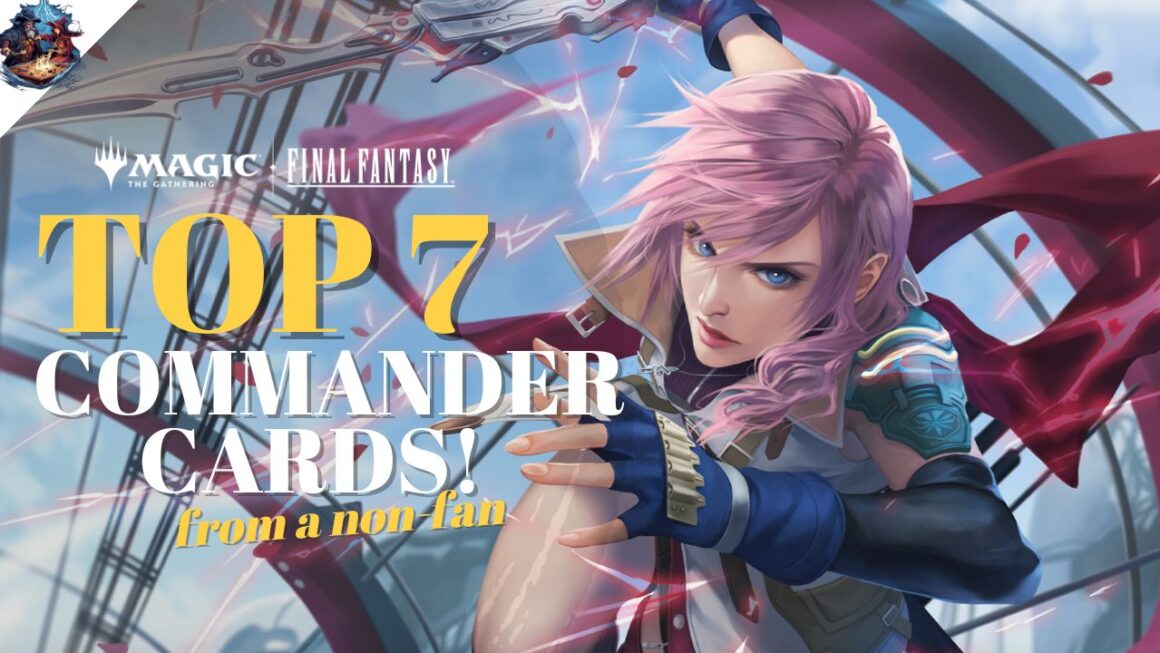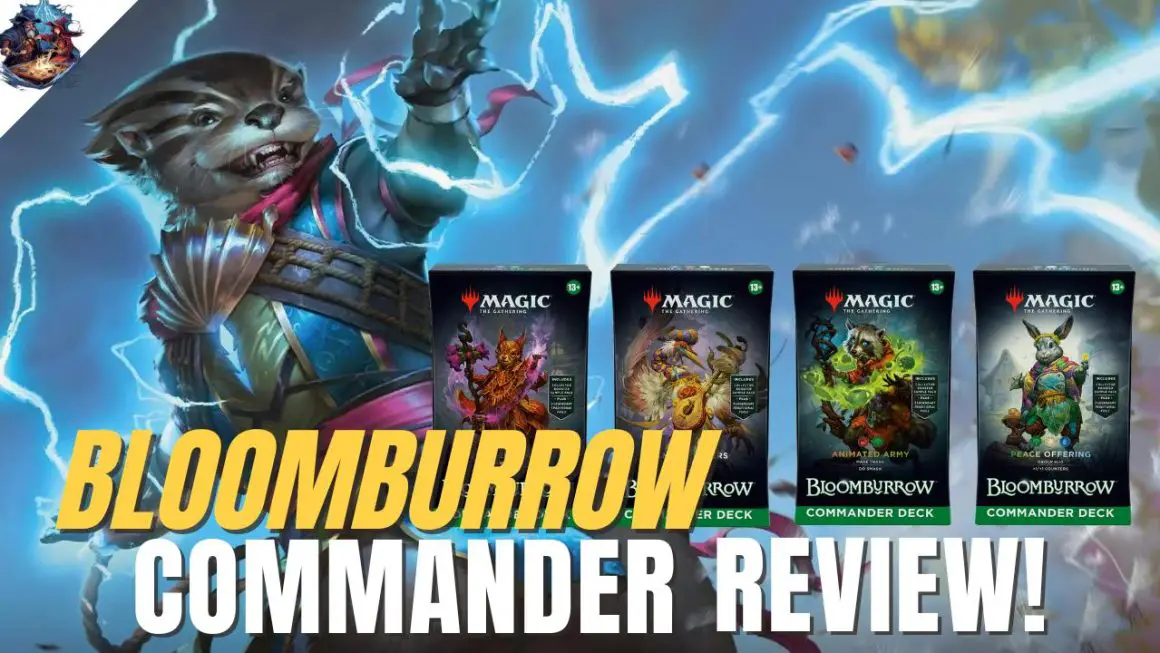Magic: the Gathering’s storyline is grotesquely convoluted, and it’s hard to keep track of it all. With a mix of prose and visual art, MTG comic books are much easier to digest than novels when it comes to exploring the lore. Unfortunately MTG comics have been mostly ignored as a medium. We’re going to look into as many of the various mini-series we can find over MTG’s 28 year history, share synopses and evaluate if these are something worth reading.
With that long a history, you’d figure the heads at Wizards of the Coast would have come up with a unified timeline and lore for their beloved game. The overall story stretches for thousands of years, with the potential for depth and complexity akin to major franchises such as Star Wars and Lord of the Rings, yet it’s hard for any new player to find out what in the multiverse is going on in each new set.
If you look at the official page, they only have the storyline back up to Tarkir (2011?), and you’d have to dive into other resources to put together bits and pieces, most of which are from over 40 published novels. I’m not sure about you, but I think most people can no longer sit through more than a few full novels just to read up on a game’s history.
This list is a work in progress, and as we don’t have to access to every single MTG comic ever produced, we’ll add in new sections as soon as we get our hands on them. If you have your own personal copy and review to share with MTG players, do drop us an email!
The Antiquities War #1-4 (1995)
Story and Art by: Jeffrey Prosser, Paul Smith, Tom Ryder and Michael Tuccinard.
We start off with the most well-known saga to old players of MTG – the blood feud between brothers and Urza and Mishra, whose names adorn dozen’s of cards. Although there are significant time jumps between each issue of this MTG comic, the mini-series makes the story flow like clockwork. Key moments such as how the brothers came upon the Shard, how they drifted onto different paths by inheriting the Mightstone and Weakstone, and what triggered their iconic civil war are all explained here.
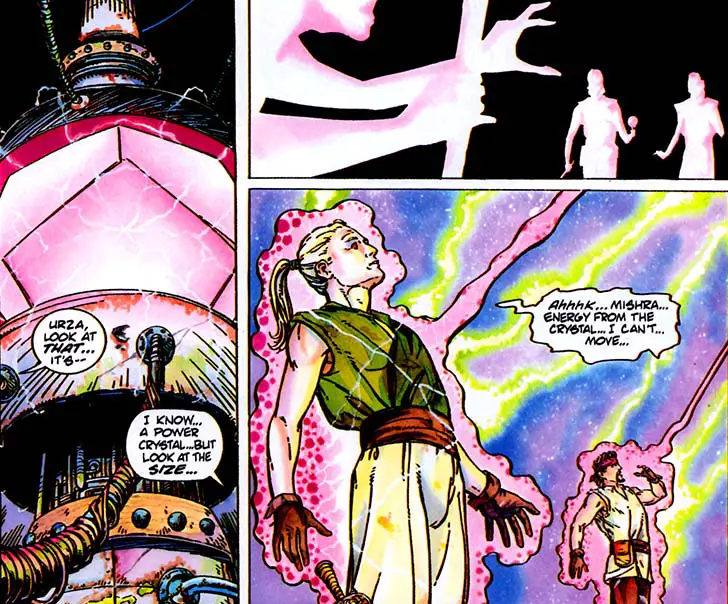
You even get introduced to characters and worlds that will become legends in the MTG lore. Mishra met Ashnod in these pages, and together they stumbled upon the world Phyrexia, adopting the sinister Dragon Engine to do their dirty work. Even though Urza is portrayed as the bright, young, yet distanced, hero, it’s hard not to empathise with Mishra who seemingly is given the short end of the stick (gem in this case).
But it’s not just Mishra who grows in this competition. Urza meets his young protege Tawnos for the first time, builds his Avenger Artifact golem that helps him win the hand of princess Kayla Bin-Kroog. Both brothers are raising the stakes, and everyone has plenty to lose.
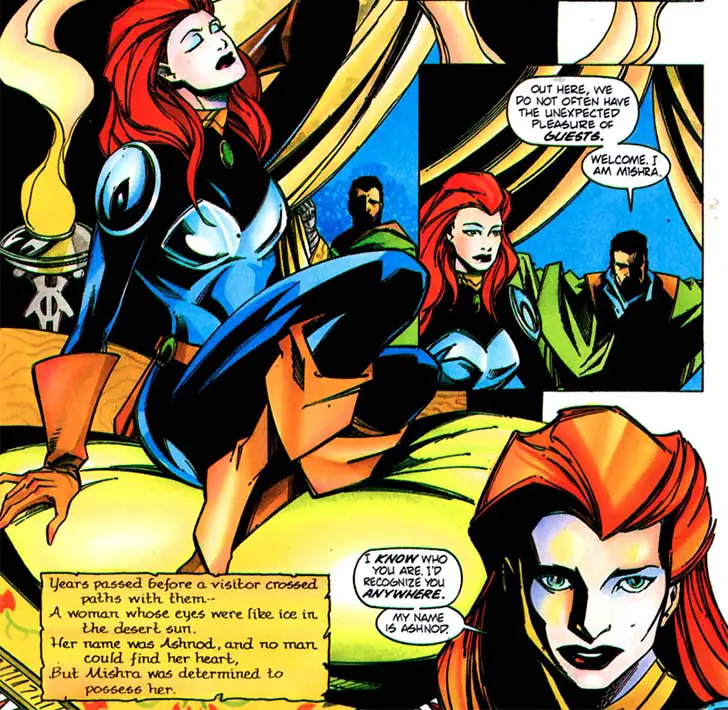
If you can excuse the unrealistic, overly-saturated colours that were hot in 70s and 80s comic books, The Antiquities War is a good read, even by today’s standard of quality comics, even if the abrupt and unexplained time jumps are somewhat jarring. It’s a pity we don’t learn much about the brothers’ adolescent years, and if they were extraordinarily close and inseparable. It ends off on an open-ended note, with both factions battling for supremacy on Dominaria. Ultimately the series serves as a stepping stone to the final arc – the Urza-Mishra War #1 and #2.
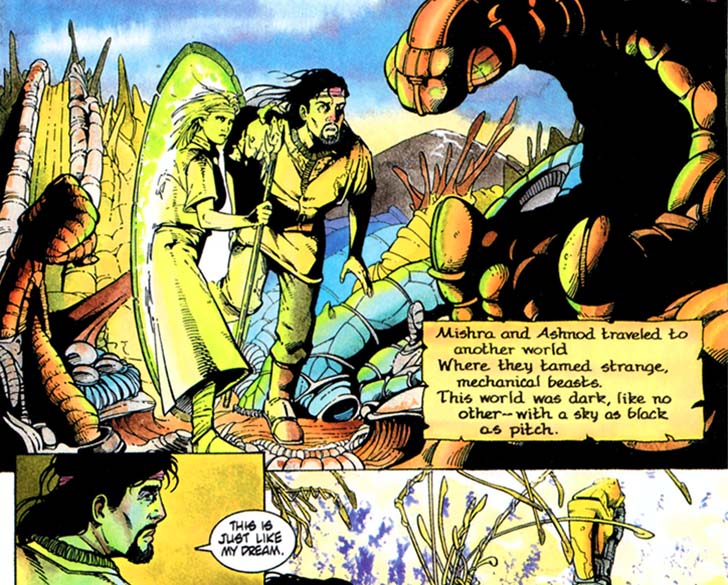
At the end of #4, Acclaim Comics Editor Jeofrey Vita sums up the series adequately (if not unsatisfactorily) with these words: “I’m sure you know the story is far from over. You have just witnessed the rise of the greatest rivalry Dominaria will ever know. Urza and Mishra have chosen a dark path that can lead to their destruction, while sorrow and despair threatens to overwhelm anyone caught in their wake.”
If you read The Antiquities War, you definitely have to check out the Urza-Mishra War or you’ll be left hanging!
Urza-Mishra War #1-2 (1996)
Story and Art by: Jeffrey Prosser (writer), Tom Mandrake, Bill Sienkiewicz, Kenny Martinez (letters), and Atomic Paintbrush (colours)
Also published by Acclaim Comics, Urza-Mishra War continues the story a year after The Antiquities War, and once again is told from the eyes of Kayla Bin-Kroog, Urza’s wife. She is now pregnant and both sides have established territories and continue to engage in bloody skirmishes.
Although there are only two issues, they are double sized and run essentially the same number of pages as the previous four chapters. The creative team is also different, with the artwork by Tom Mandrake and Bill Sienkiewicz more painterly and muted in colours than the vibrant Antiquities War.
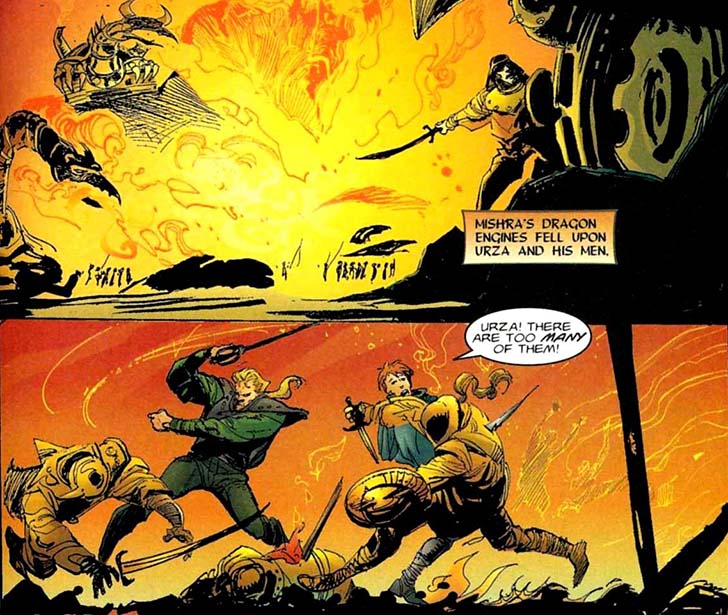
The action and plot progresses quickly, probably for the best as there is too much history to cover in an MTG comic. After a devastating defeat by Mishra, another time jump occurs and Tawnos and Urza are visibly years older. The fabled Urza’s Tower is a prominent part of this story, and it’s where the artificer builds his army of Yotian Soldiers.
Mishra, on the other end of the desert, has been busy using Ashnod’s Altar to build their own army of Transmogrants – undead beings augmented with metal shielding.
Meanwhile in the shadows, a new and strange demon lurks, and tries to pull the strings of neutral nations to achieve a bigger goal – obtaining both the Mightstone and Weakstone from the brothers to form as one. I’m still clueless as to who the demon is, but it adds an interesting twist to the two-sided war. Lots of politicking among the seconds-in-command Tawnos and Ashnod also keeps any reader eager to flip the page.
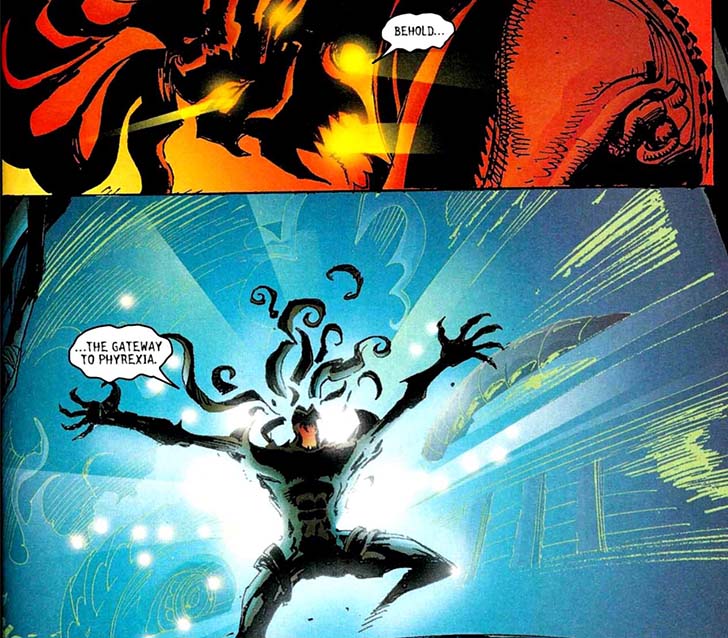
This MTG comic series has a satisfying conclusion, but clearly sets up for a sequel as the war is from over. What really bugged me were the significant time jumps – they were often alluded and I didn’t know if and how much time had passed. These time jumps also do not do justice to the entire saga of the Brothers’ War, and is probably best explored in the novels.
Gerrard’s Quest #1-4 (1998)
It might have been released only a few years after The Antiquities War, but in the MTG timeline, over 4000 years have passed since the Urza-Mishra war. Readers are immediately introduced to Gerrard Capeshen, the flying ship Weatherlight’s current captain, and the stakes are quickly laid out on the table. The original Captain Sisay has been kidnapped by Volrath and it’s up to the stand-in captain and his band of companions to save her. For those who are new players who are unaware of how significant this story is, the Weatherlight is the only ship that has an entire expansion set named after it.
The main story (linked to the Tempest – Stronghold – Exodus expansion sets) is interspersed with several flashbacks of how the crew came together and I admit it’s a pleasure seeing the past lives of beloved characters such as Mirri, Cat Warrior, Tarngarth, Orim, Samite Healer, Hanna, Ship’s Navigator, among others. Stalwarts of MTG lore know that many of these characters end in tragedy so it’s particularly bittersweet when you see first-hand the lives they’ve had.
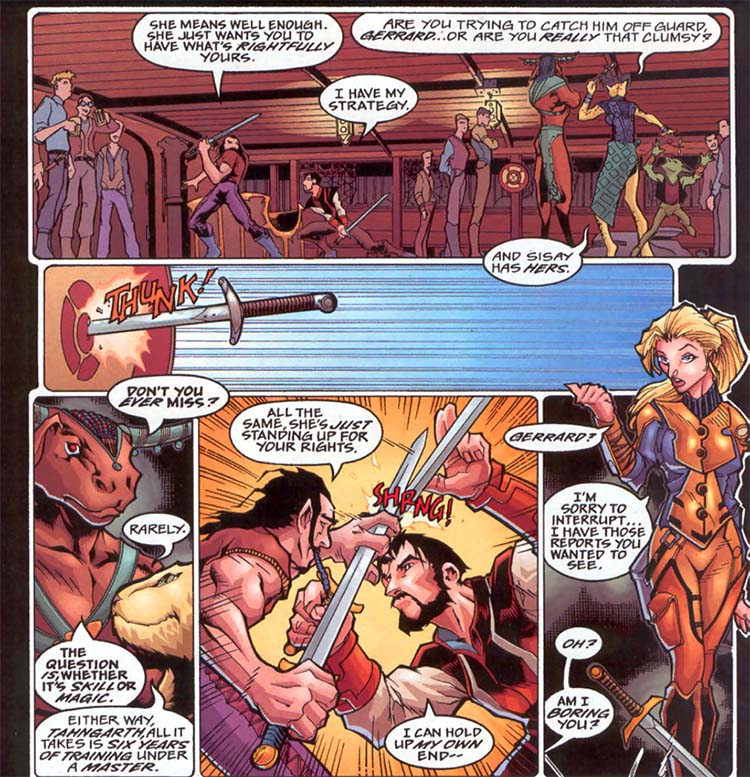
There are plenty of references to actual MTG cards from the Tempest block. If you grew up playing in that era like myself, you’ll easily spot cards such as Sudden Impact, Diabolic Edict that are exact crucial moments from the story, all taking place in familiar locations like Furnace of Rath, Cinder Marsh, and Volrath’s Stronghold. Reading these MTG comic books again 20 years after their publication was a great blast to the past. There’s clear progression in the plot, and particularly strong characterisation for Gerrard, perhaps rightly so since he and Volrath’s histories are entwined.
This series is very much about Gerrard’s destiny, but it’s equally as much about the camaraderie within the Weatherlight crew. Each of them go through personal hardships, with some such as Crovax’s conflicted relationship with the protector-turned-enemy angel Selenia given extra attention in this MTG comic book. Tanhgarth’s stoic character, uneasy bond with Gerrard, and warrior feud with Greven-il-Vec are also nice additions here that MTG fans will appreciate.
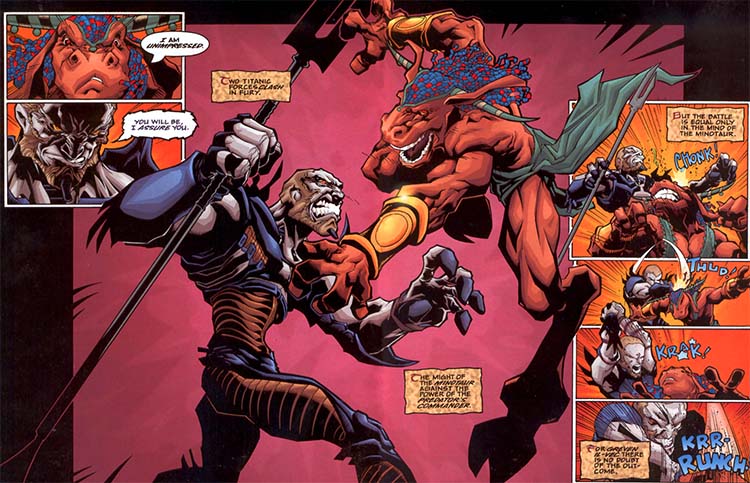
Much like the Urza-Mishra War, the Gerrard’s Quest series closes things off fairly nicely, but it’s clear that some carrots are left dangling. Sadly the story did not continue in MTG comic form. What happened to Volrath? Did Mirri survive? These are some of the burning questions that bug me after reading the last page.
Chandra #1-4 (2018)
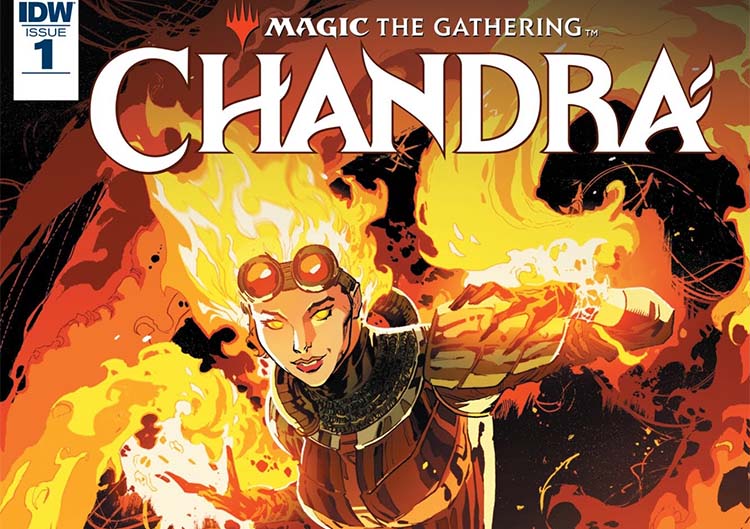
Hot off the hugely successful War of the Spark expansion set, this 4-issue series features the game’s most popular Planeswalker (if you’re counting the number of card iterations this character has). Chandra Nalaar is fiesty, attractive, with an equally combustible temper to go along. Sadly this MTG comic doesn’t even do a quick recap of the events from WOTS – where fellow Planeswalker Gideon sacrificed himself while they did battle with the game’s big baddie Nicol Bolas. This means any non-Magic players would just get lost if they picked this up from the comic store. Not a good way to introduce the game to these very people too.
For the Magic players who do buy this, the series is very much a peek into Chandra’s personal life, the struggles she has to face as a Planes-trotting hero, and the inner demons lingering from past mistakes. The plot is rather weak, and the main villain’s motivations are just as flimsy, but the art is well detailed with lots of big spreads showing Chandra’s fire effects in all its glory. We even get to see plenty of different worlds (they’re called Planes in Magic) such as Innistrad, Zendikar, Kaladesh, and more.
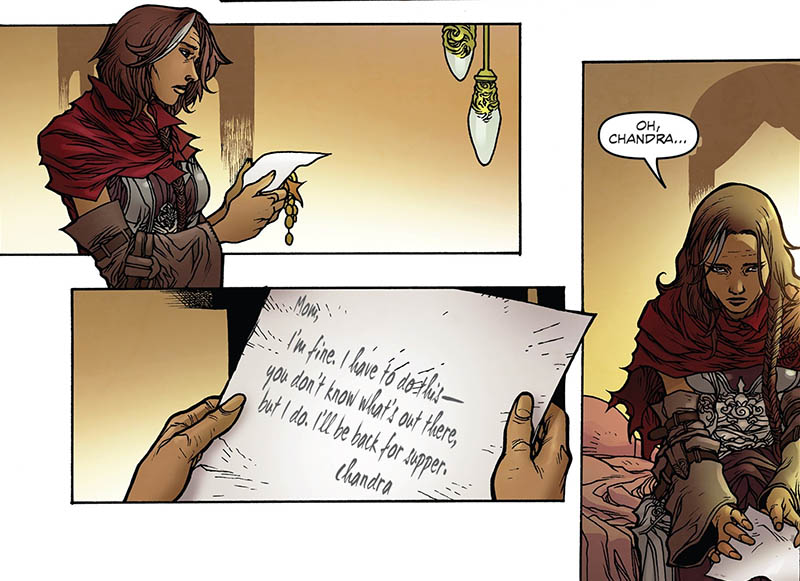
Most of these visits were fleeting at best, as though there were specific instructions to include as many Planes as possible just for the sake of it. What was refreshing was the guest appearance of a fellow Planeswalker, a well-known face and it was exciting seeing the two of them team up against the villain (I’m trying to keep that a secret). Unfortunately we don’t witness any crazy big spells, just simple flame bursts and punches that cools down the action. In fact, some action sequences did feel drawn out, as if to pad the pages.
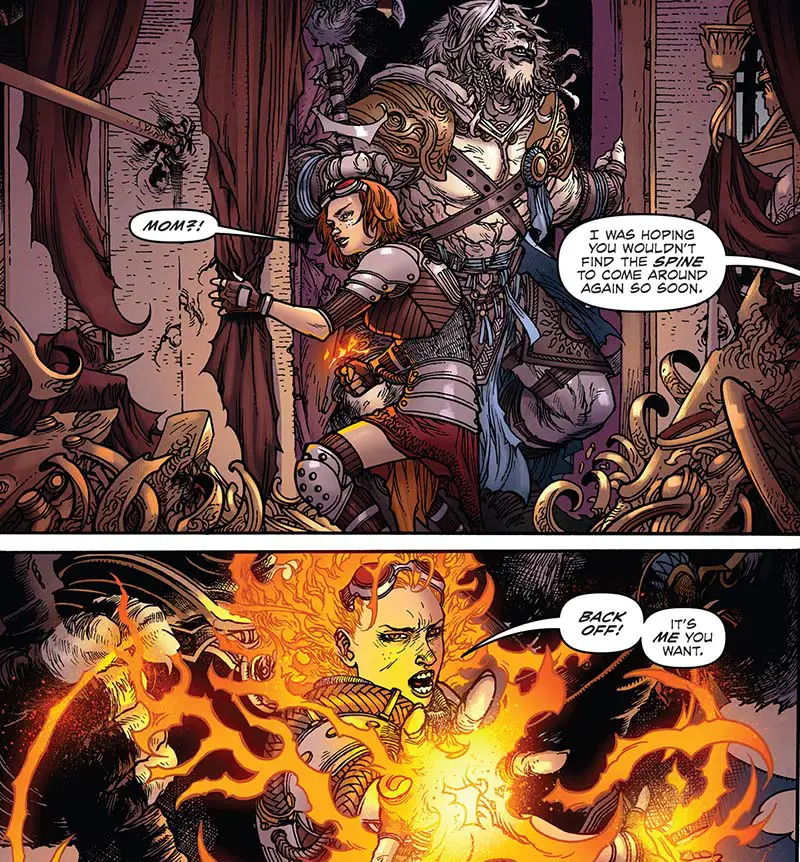
Overall, it’s a simple story and a good MTG comic to read if you have the hots for Chandra and want to understand her better as a character. But it doesn’t do much when trying to understand the lore or grand picture of the game. It’s even worse for new or non-players who won’t have a clue about the backstory and other characters apart from Chandra and (perhaps) Ajani. If you can, find this compilation in your local library and that will save you some money.

